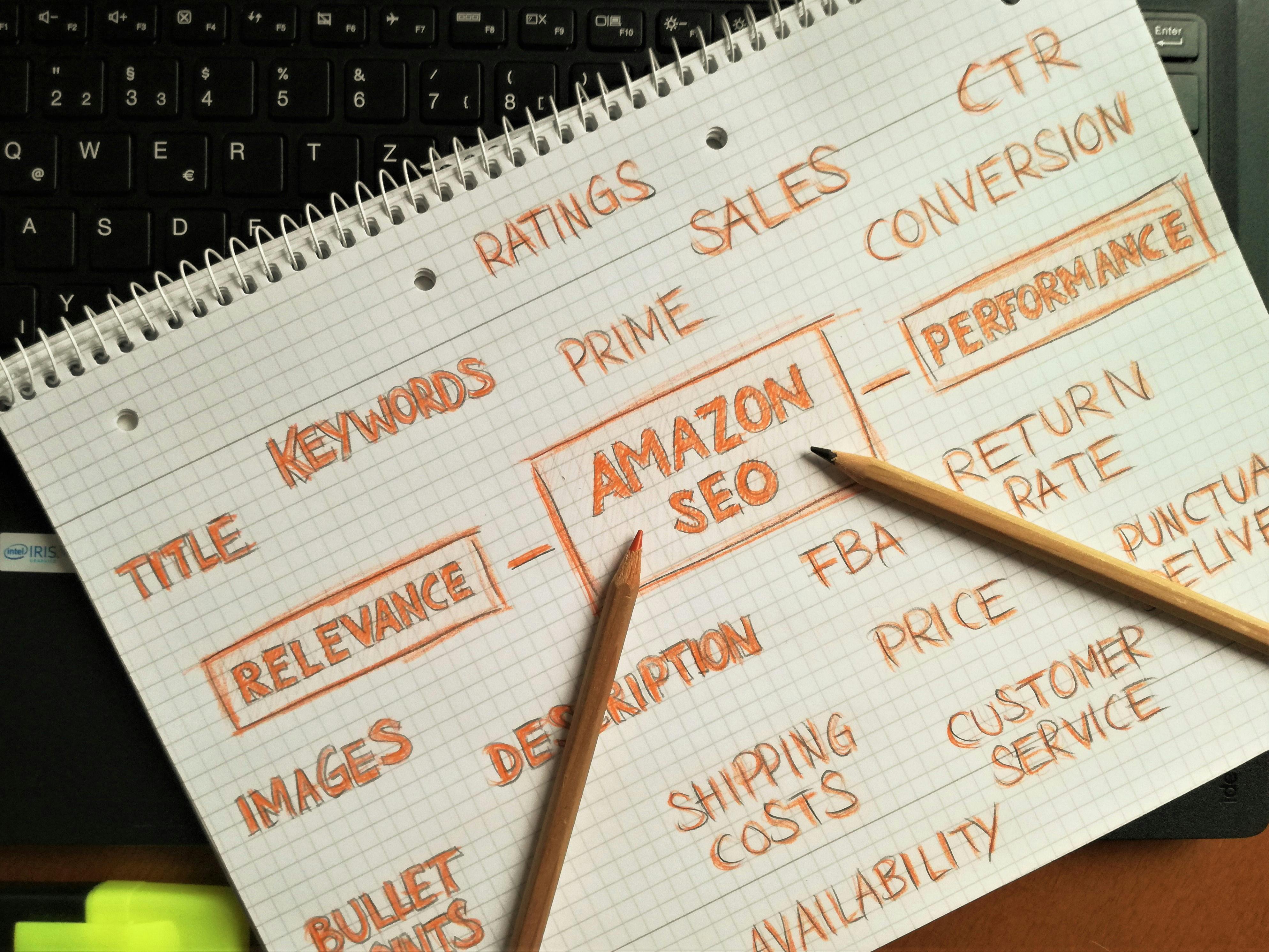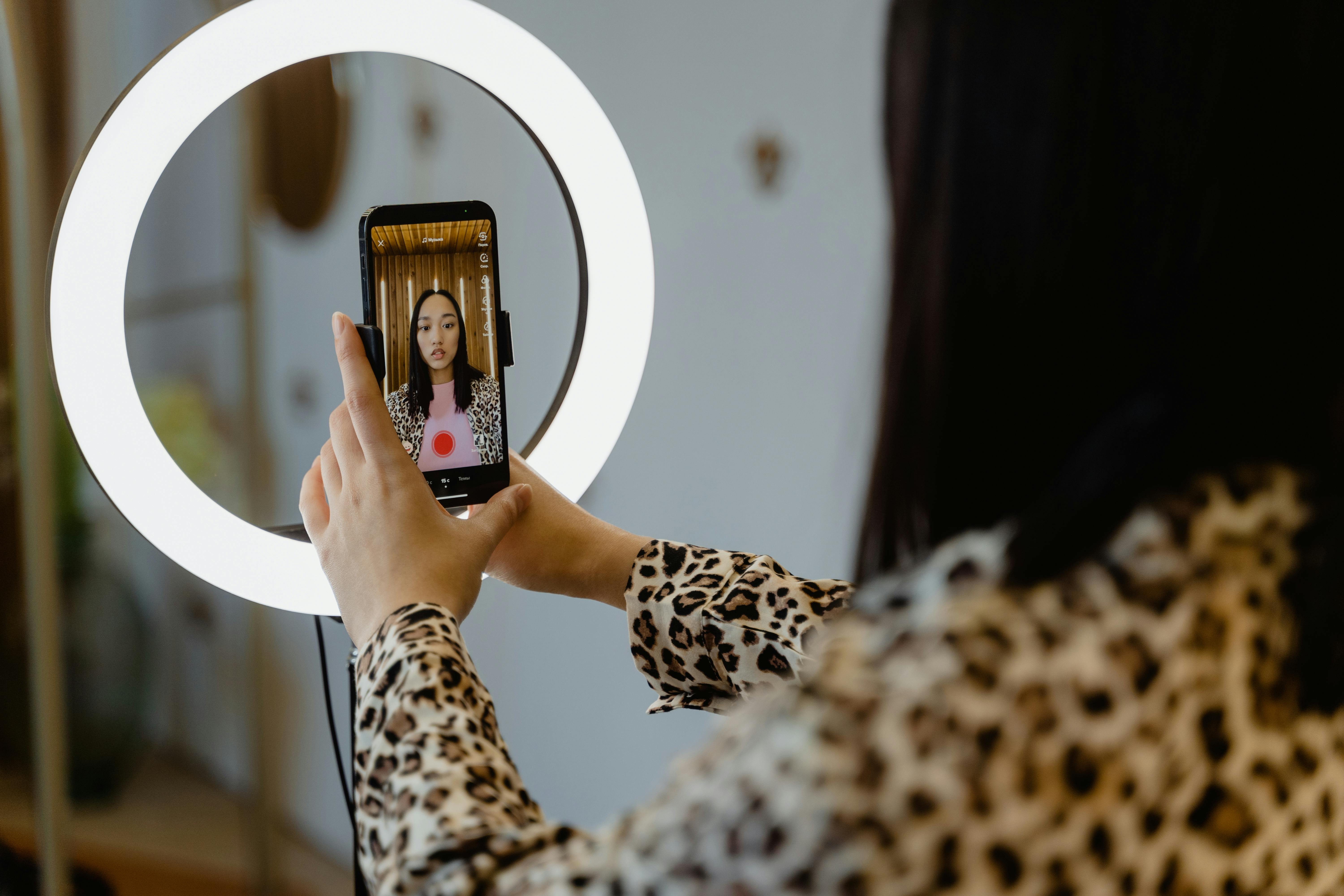Sustainable fashion isn’t just a buzzword anymore—it’s a revolution.
By 2025, consumers will care more about the planet than ever before, and resellers who want to stay ahead need to speak their language. From organic materials to circular models, certain keywords will define this shift. Let’s break down the top seven, complete with stats, real-world examples, and tips to make your listings stand out.
1. Organic Cotton Apparel: Tapping into Demand for Grown-Not-Made Fabrics
What it means: "Organic cotton apparel" refers to clothing made from cotton grown without synthetic fertilizers, pesticides, or GMOs. It’s softer, healthier for farmers, and uses 91% less water than conventional cotton, according to the Textile Exchange (ecodweller.com).
Why it’s trending: Organic cotton use jumped 20% in 2024 (ecodweller.com). What’s driving this? Shoppers are tired of fast fashion’s environmental toll—which pumps over 1.2 billion tons of CO2 into the air annually. Notable brands like Patagonia and Everlane lead the charge by selling basics (t-shirts, hoodies) at accessible prices (accio.com).
How to sell it right: Resellers: Snap up organic cotton items from sustainable brands listed in Good On You or Etsy sellers. Use keywords like "100% organic cotton dress" or "fair-trade cotton sweater." Highlight certifications in your product descriptions—consumers search for "GOTS certified" (Global Organic Textile Standard).
Pro tip: Pair vintage organic cotton finds with a brief history, like "This 1980s denim jacket is pre-loved and pesticide-free. Win for both style and the planet!"
2. Secondhand Fashion: Profit from the Thrifted Clearance Rack
What it means: "Secondhand fashion" covers any clothing someone resells after owning it. ThredUp calls it the “secret savings aisle” of 2025, with sales up 25% last year (ecodweller.com).
Why it’s trending: Gen Zers make up 44% of secondhand buyers, prioritizing ethics and affordability (accio.com). By 2027, the global market hits $350 billion—double its 2020 value. Look no further than Depop resellers flipping vintage Juicy Couture tracksuits or Rebecca Taylor dresses for 2x–3x the original price.
How to sell it right: Optimize listings for "vintage" (a Gen Z favorite), "new with tags", and "1990s thrifted jeans." Transparency sells: Note tailoring done or flaws like a faded hem. Apps like Bought & Sold let you bulk list items quickly.
Real-life example: A friend of mine initially shied away from thrift stores but made $1,200/month on Vinted after sourcing designer items at $5–$10 tags from local flea markets.
3. Biodegradable Fabrics: Sell “Drop-It-Anywhere” Beauty
What it means: Materials like hemp (strong and drought-tolerant) and Tencel™ (made from wood pulp) return cleanly to the earth when composted. The curb appeal? They don’t shed microplastics or fester in landfills.
Why it’s trending: Use of these fabrics rose 15% in 2023 (ecodweller.com). Fast fashion releases 1.1 billion pounds of textile waste annually, but biodegradable options—like contextile’s orange-peel shirts or Wills Vegan Shoes’ algae-grade soles—are changing the game.
How to sell it right: Leverage phrases like "compostable yoga pants" or "hemp hoodie that doesn’t smell weird." If a garment’s 45% Tencel/55% organic cotton, spell it out—buyers search for specific blends. Partner with local composting facilities to tout a zero-waste finish.
Pro tip: Avoid greenwashing! "Biodegradable" doesn’t mean "instant breakdown." Link fabric details to certifications from the Higg Index in your listing.
4. Upcycled Designs: Rewear the Past, But Make It New
What it means: "Upcycled" means taking discarded materials—think worn-out belts, factory scraps—and turning them into fresh pieces.
Why it’s trending: Market share jumped 10% in 2024 (GlobalData (ecodweller.com)). Designers like Christy Dawn use deadstock fabric, while brands like NTWRK Threads blend thrifted sweaters into patchwork hoodies. It’s sustainability + art—it’s selling.
How to sell it right: Tag items with "handmade from sourced materials", "upcycled denim jacket with patchwork," or "transformed vintage." Build stories around them: "This crop top used to be a wedding guest’s hemshaft tablecloth (long story, DM me for details)."
Extra edge: Collaborate with DIYers on TikTok to show the upcycling process—looks best when you film cutting up a thrifted flannel shirt on your porch.
5. Transparent Supply Chains: Buyers Want to Know Who Made It
What it means: A "transparent supply chain" means a brand discloses how and where their clothes are produced. Transparency jumped 30% among fashion brands tracked by the Sustainable Fashion Academy (ecodweller.com).
Why it’s trending: The 2023 Fashion Transparency Index found 62% of shoppers would pay more for clothes made ethically. West African denim mill SanyanMisr gives walkthroughs of its solar-powered factory for Just Black T-shirts.
How to sell it right: If you’re reselling pieces from transparent brands, emphasize their practices. Keywords: "Fair Trade certified", "open-book sourcing", or "local artisan weaving". Add sourcing notes to descriptions—even just "Brand traces cotton back to 云南 landscapes" (even a little mystery works).
Pro tip: Trade reseller-friendly brands? If a label like Amour Vert posts their factory’s carbon footprint quarterly, shout them out.
6. Circular Fashion Models: Beyond Buying and Selling
What it means: Circular fashion keeps clothes in rotation even after purchase—think rentals, repair programs, or buyback schemes.
Why it’s trending: While fast fashion costs the global economy $500 billion yearly via underused clothes (accio.com), rentals hit a $2bn market by 2023. Brands like Rent the Runway and Levi’s Tailor Shop repair and resell.
How to sell it right: Resellers can offer:
- “Buy-and-return-option” bundles (e.g., occasion wear that customers can resell to you after use).
- Clothing repair kits or ties with local seamstresses.
- Listings that mention "this item’s perfect for rental circles."
Case study: Boutique owner Emma started a membership ($12/month) swapping between Women’s Business Collective followers. She earned 30% extra revenue by keeping inventory moving.
7. Vegan Leather Alternatives: Ditch the Plastic, Not the Style
What it means: "Vegan leather" here refers to plant-based materials grown from mushrooms (Mylo™), pineapple leaves (Piñatex), or algae-rich foam. They look luxe but break down in compost.
Why it’s trending: Mylo supplies vegan shoes for Adidas and handbags for Stella McCartney (designerfads.com). Meanwhile, 76% of millennials now prefer animal-free options.
How to sell it right: Avoid the "Vegan Leather" clickbait. Instead, tag "mushroom leather belt", "omega-free briefcase", or "Piñatex cell phone strap". Bonus: Link posts to videos watching mushrooms grow—viral-worthy content.
Pro tip: Research red flags—PVC "vegan leather" is petroleum-based. Stick to actual biodegradable brands like Bolt Threads or Desserto
Putting It All Together: Your Reselling Playbook for 2025
1. Optimize keywords in listings: Use a combo of the seven terms above plus brand/certification boosts, like "NIKE MYLO RUN DRIFTER" (yes, that’s a real vegan mushroom sneaker).
2. Create educational bundles: A lavender hemp dress with a reusable tote for storage.
3. Engage fans: Host IG Lives explaining "Why that jacket is biodegradable" while showing it in compost bins.
The fashion revolution isn’t about brown burlap sacks and mending holes with duct tape. It’s about choice and action—and you can be the bridge between what’s worn now and what’s saved tomorrow. 🌍


